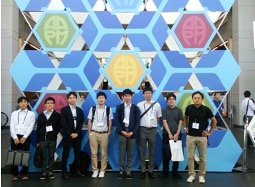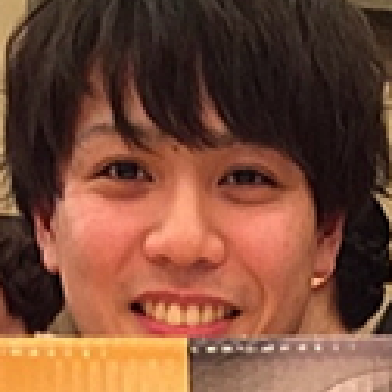
Name: Kazuhiro Arai
Year of graduation: 2014 (Bachelor), 2018 (Doctor)
Current affiliation: Tohoku University Hospital
―A message to juniors that I can pass on now that I have finished my master’s degree (doctoral degree for those who have completed their doctoral studies)―
I graduated from Tohoku University’s School of Health Sciences in 2012 and enrolled in the university’s Medical Physicist Training Course in the Department of Medical Sciences for my master’s degree. After that, I worked as a medical physicist at Southern Tohoku Hospital in Fukushima Prefecture, and while working there, I enrolled in the university’s doctoral program in the field of radiation oncology.
I wanted to enter the master’s course because I was interested in radiation therapy and wanted to work as a medical physicist in the future. Currently, a master’s degree is required to qualify as a medical physicist, so I recommend that those who aspire to become medical physicists in the future take up the challenge of entering graduate school.
In graduate school, you will not only conduct research, but you will also have opportunities to present your research results through presentations at domestic and international conferences. There, you can interact with professors from other universities and hospitals, and going to international conferences to present your research together with the members you have always worked with will remain as a good memory of your time in the laboratory. In addition, at Tohoku University’s Medical Physicist Training Course, you can actually receive clinical training as a medical physicist through the Medical Physicist Training Program, so I think you will receive a good education in both research and clinical aspects when you become a medical physicist in the future.

―Current Work―
Southern Tohoku Hospital (2012~2021)
Tohoku University Hospital (2021~)
After graduating from the master’s program, I worked at Southern Tohoku Hospital, where I was involved in the start-up of BNCT (Boron Neutron Capture Therapy) and treatment planning for X-ray and proton therapy. In particular, BNCT was still in its infancy, and I had a difficult time getting it into a state where it could actually be used to treat patients. I believe that the skills I acquired through my research at graduate school were very useful in solving technical and clinical problems at such times. After that, I experienced a whole series of work in radiotherapy, from planning work for proton beam therapy and creating fixtures for X-ray therapy to treatment planning and irradiation.
Then, from 2021, I started working at Tohoku University Hospital, where I am engaged in treatment planning work, QA, and RALS for X-ray therapy. At Tohoku University Hospital, they are performing leading edge treatments such as MR image-guided immediate adaptive radiation therapy using MR-Linac, and I am able to work while learning new things every day.






